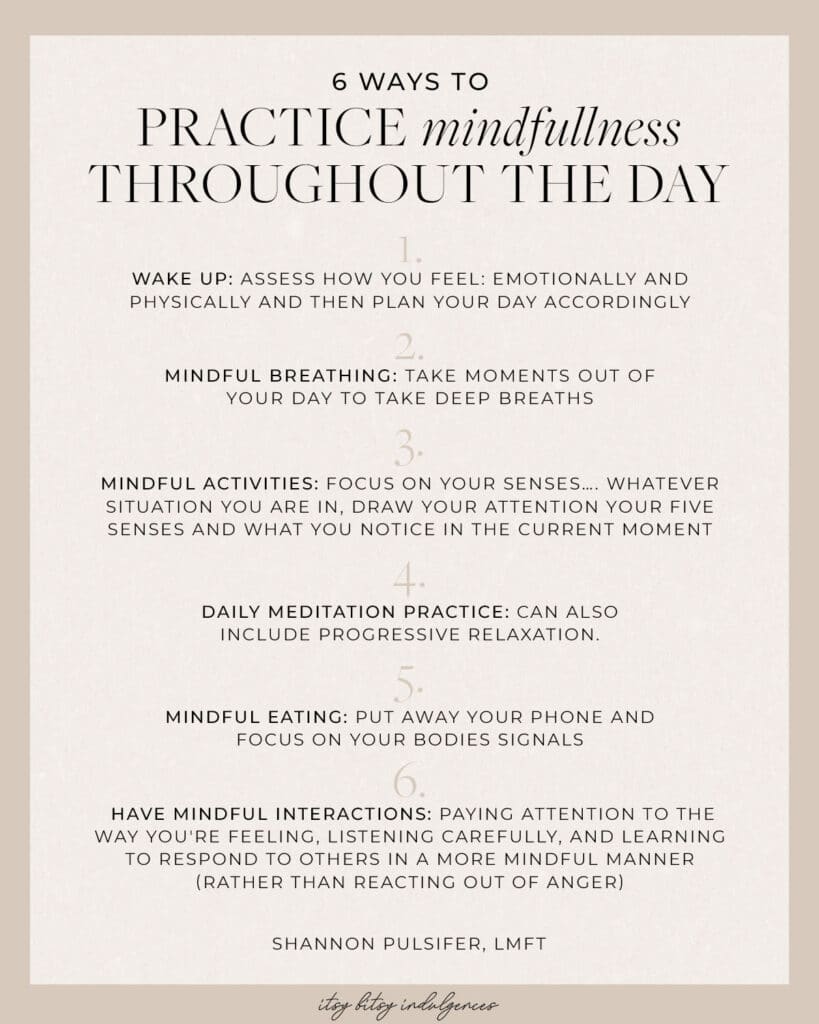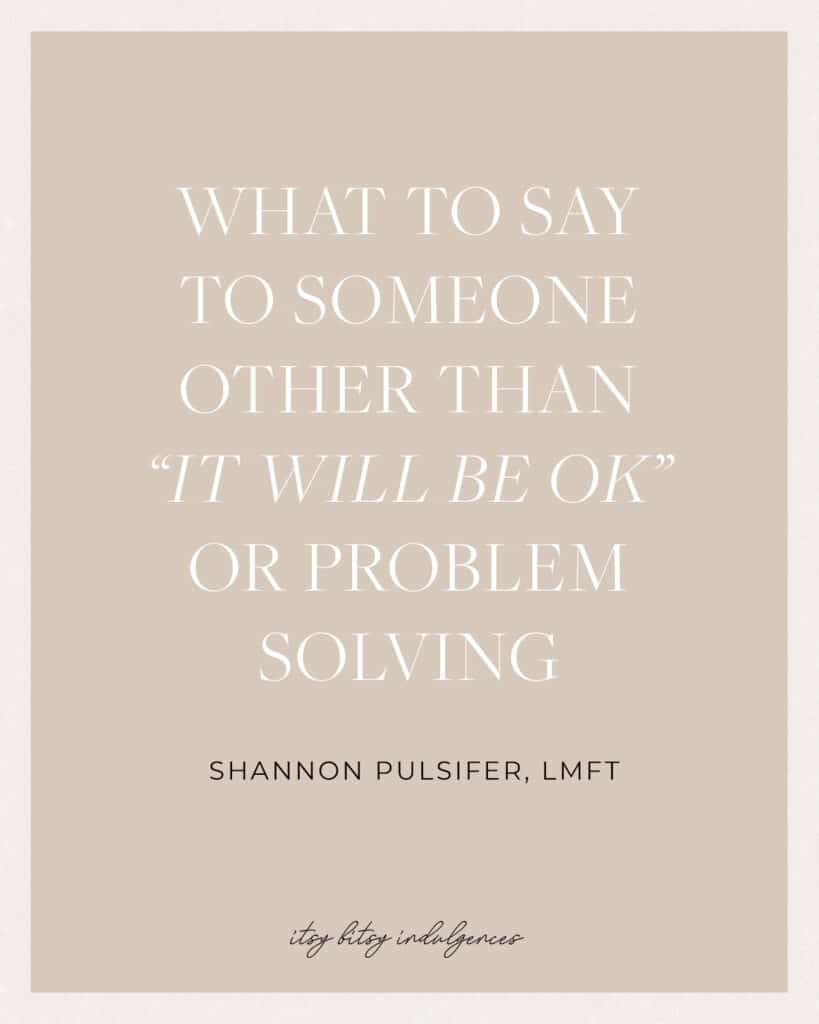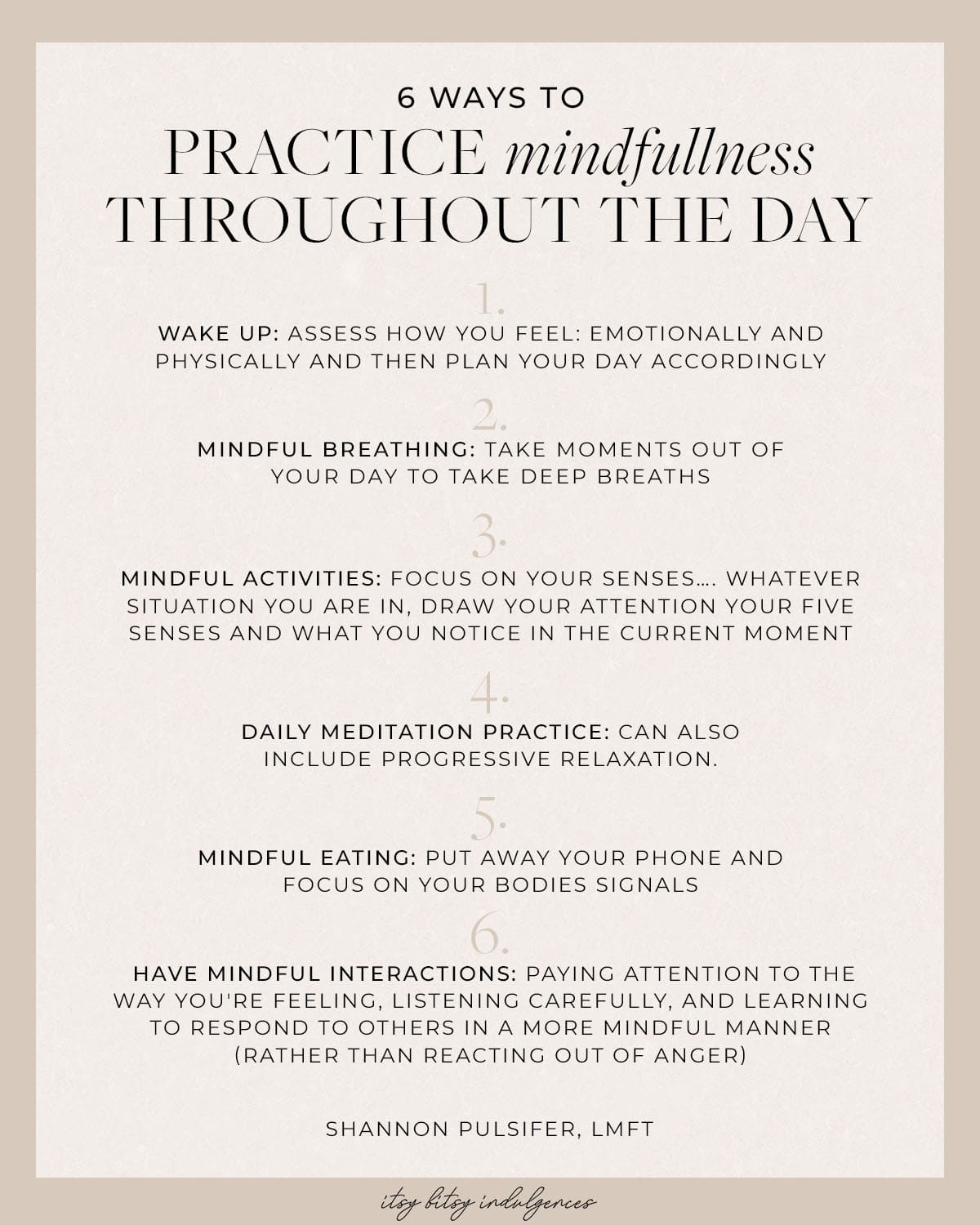One of my biggest goals as a mother is to teach my children how to live mindful lives… ones where they are aware of themselves, have insight into their emotions, as well as how they relate to others in the world. I often feel that if people lived more mindful lives, we would speak kinder to one another, show a higher level of tolerance for differences, and show ourselves much more compassion…
All that being said, if I want to teach my children how to live mindfully, I myself have to demonstrate it to… and live that way myself. Incorporating my daily meditation practice at the beginning of the year was an additional way to increase my level of mindfulness on a daily basis….
The benefits of living a more mindful life are robust… here is what the APA (American psychological association) has to say about “living a more mindful life:”
“…it’s benefits are self-control, objectivity, affect tolerance, enhanced flexibility, equanimity, improved concentration and mental clarity, emotional intelligence and the ability to relate to others and one’s self with kindness, acceptance and compassion.”
So today I rounded up six simple ways that we can incorporate mindfulness into our daily lives. I hope it helps in some way!
__________
1. WAKE-UP ASSESSMENT: When you wake up, do a quick scan. What’s your mood (it’s amazing how we can have moods that impact our day right when we wake up…)? Did you carry something from the previous day into the morning? Are you anxious for something later in the day? How does you body feel? Is it tired? Feeling energized? What do you need to start your day off right?
Being aware of how we’re feeling, before the day starts, can help us to take the necessary steps to help the day go in the right direction. It all starts with that initial assessment though.
You can also do these check-in questions with yourself throughout the day…
2. MINDFUL BREATHING: I do this all the time. If there are moments throughout your day where you feel as if your stress levels are increasing, where you feel fatigue coming on, or are just needing a mental break from the day, you can close your eyes and take 30 seconds for a deep breathing exercise. When we engage in this type of breathing, signals are sent to the brain that alert it that it’s time to calm down and relax (I’m simplifying it, but that’s the reasoning behind it…).
I used to teach my kiddo clients that deep breathing is taking a deep breath in through the the nose and then breathing out, or blowing out, as if you’re blowing out a candle…. same goes for adults.
3. MINDFUL ACTIVITIES: When you’re engaging in an activity try to increase your mindfulness by getting in tune with your five sense…
Sight: What are 5 things you can see? Be as specific as possible
Sound: What are 4 things you hear? Be as specific as possible
Touch/Feel: What are 3 things you can touch/feel? Be as specific as possible
Smell: What are 2 things you can smell? Be as specific as possible
Taste: What’s 1 thing you can taste? Be as specific as possible (this one can sometimes be tricky)
4. DAILY MEDITATION PRACTICE: I wrote about my experience with a daily meditation practice in this post, but giving yourself 5 minutes a day to meditate (this can be on a variety of topics… happiness, peace, gratitude, a mantra you like, a spiritual verse, etc…) can really help to increase your ability to be mindful throughout the day.
5. MINDFUL EATING: I am so guilty of this… but I scroll my phone, look at things on my computer, etc… when I’m eating. Which couldn’t take me further from being mindful. The concept behind mindful eating is that you pay attention to how to food tastes, textures, etc… as well as your body sensations (i.e. hunger/fullness). Such an easy way to increase mindfulness, but can be so hard sometimes when we’re juggling meals between school pikc-ups, zoom meetings, etc….
6. MINDFUL INTERACTIONS: This might be one of my favorites, and sometimes I feel as if people lost this during the pandemic. Mindful interactions.
In my practicing days, having mindful interactions were the base of therapy. What was someone saying? How were they saying it? What was their tone of voice? Conversely, how was I feeling listening to them? Listening to someone can help to decrease our desire to defend of “fix” and paying attention to how we feel can increase our ability to stop and think, before having knee jerk reactions to our immediate feelings.











